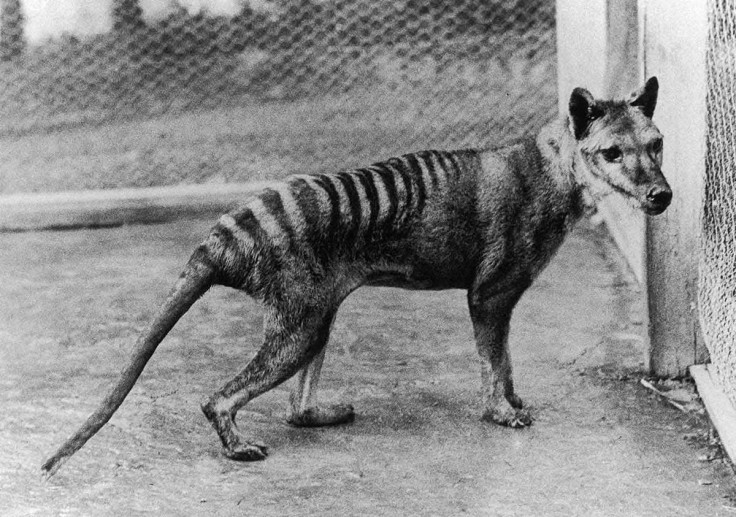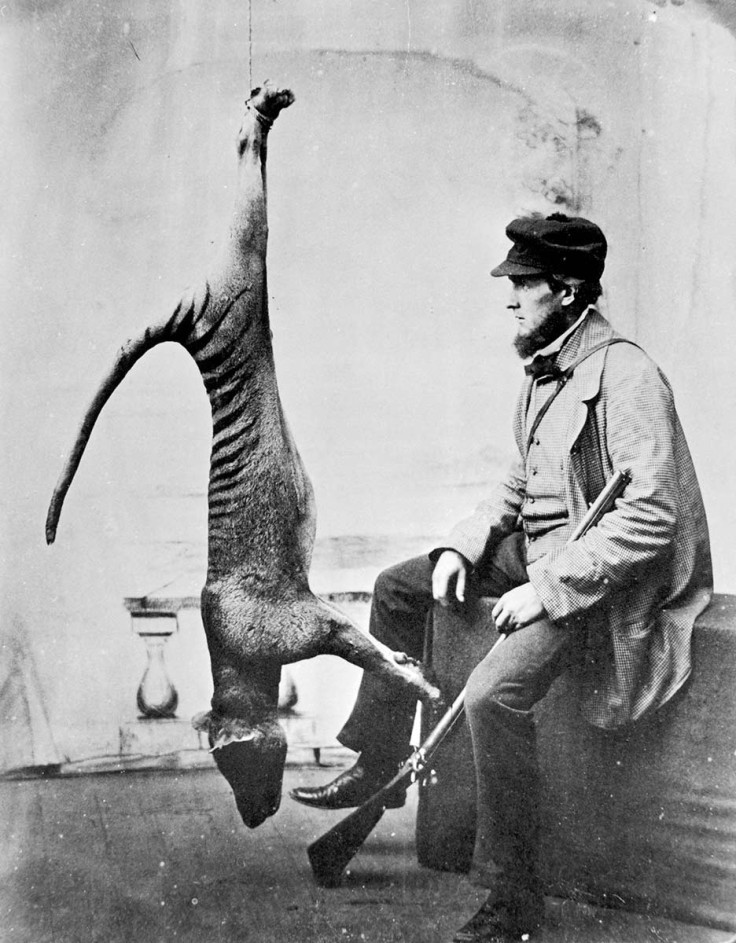The "Jurrasic Park" franchise has taught us one thing: never play god. However, a group of scientists and researchers are convinced they can do the same thing in real life, but instead of resurrecting prehistoric dinosaurs, they'll be resurrecting one of the recently extinct animals in history.
American and Australian scientists have announced a multi-million dollar project that, if successful, would bring the Tasmanian tiger back to life, per Interesting Engineering.
The Tasmanian Tiger or thylacine was a native of Australia, New Guinea, and Tasmania in the 1800s, but was hunted to extinction due to being blamed for livestock losses, per Encyclopaedia Brittanica.
Thylacine Ressurection Plan Details

The plan to bring the Thylacine back to life is a project made in collaboration with Colossal Biosciences, a company currently working on bringing woolly mammoths back to life, albeit in an altered form, per CNN.
Andrew Pask told Discovery in an interview that the technology that would be used to bring back the thylacines offers a chance to correct the increasing species loss happening around the world and restore cornerstone species.
Pask is a professor at the University of Melbourne and head of the Thylacine Integrated Genetic Restoration Research Lab.
A cornerstone or keystone species is an organism that helps define an entire ecosystem, per National Geographic. An ecosystem without its cornerstone species would be dramatically different or not exist at all.
Meanwhile, George Church, one of Colossal's founders told the Independent that Pask and his lab have made "tremendous advances" in the research, gestation, imaging, and tissue sampling of marsupials.
As such, Colossal is excited to provide the necessary genetic editing technology and computational biology to bring the thylacines back to life.
"it's an incredible collaboration and project with far-reaching benefits for animal conservation efforts at large," Church said.
To bring the thylacines back to life, Colossal and Pask's research lab plans to take stem cells from a living species with similar DNA, such as the fat-tailed dunnart, and turn them into "thylacine" cells through Colossal's gene editing, per The Guardian.
Colossals' goal in this step is to get the Thylacine cell as close to the original one as possible to bring an exact or approximate thylacine back to life.
This Thylacine cell will then be modified with stem cells and new marsupial-specific assisted reproductive technologies to make an embryo.
This embryo would then be transferred to either an artificial womb or a dunnart surrogate to gestate.
What Is A Thylacine?

A Thylacinus cynocephalus, which is popularly known as a Tasmanian Tiger or thylacine, was the only marsupial apex predator in Australia and in modern times. It used to call mainland Australia, New Guinea, and Tasmania its home before its extinction.
The animal was a relatively shy and nocturnal animal, with an appearance of a medium-to-large-size canid with a stiff tail and abdominal pouch similar to a kangaroo's.
By the 1800s, thylacines can only be found on the island of Tasmania. However, European settlers blamed the animal for livestock losses, and were hunted down to the point of extinction.
The last thylacine, named Benjamin, died from exposure in 1936 at the Beaumaris Zoo in Hobart, Tasmania.
Related Article : Experts Explore How Tasmanian Tigers Become Predators









